Everything you need to know about blackberries
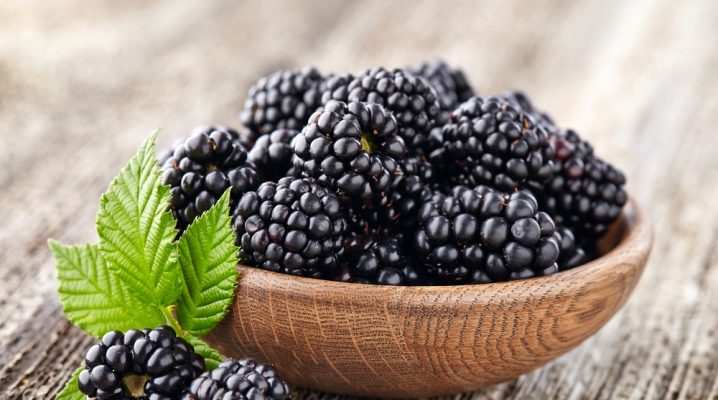
Getting acquainted with everything you need to know about a blackberry, you need to figure out what a berry looks like, how a bush grows. Other significant information is the characteristics and type of fruit, as well as what it is - bush blackberries and other types of shrubs.
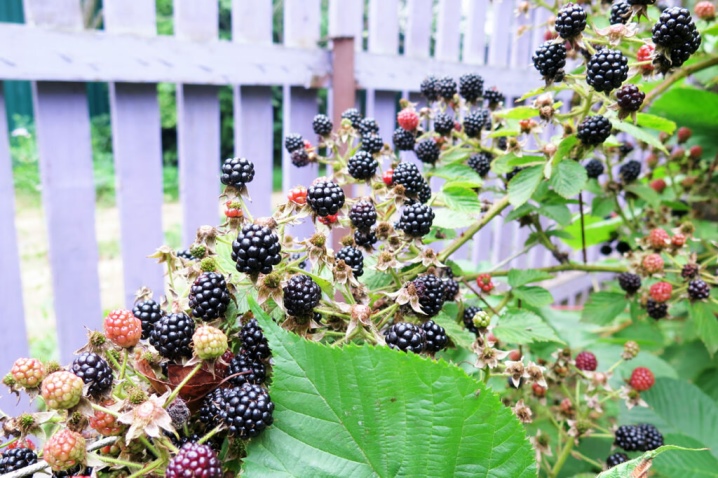
What it is?
Blackberry is a special subgenus in the genus Rubus of the Pink family, which means biological affinity to strawberry, apple, peach, mountain ash and plum. It is worth considering that in Russia, non-specialists usually call two species of this subgenus blackberries - the gray and bushy blackberries, other varieties are less known. The berry of this fruiting representative of the flora is colored in a dark purple tone. Some types have fruits with a characteristic bluish bloom. Botanical descriptions indicate that this is not a shrub, but a dwarf shrub.
The biological relationship with rose and rose hips is confirmed by the presence of characteristic thorns.
Such a sophisticated defense system covers both stems and shoots. The leaf, depending on the specific species, may differ - a blackberry with 3, 5 or 7 leaves on a common petiole is known. In areas with a particularly favorable climate, the appearance of dense, literally impenetrable blackberry thickets is likely.
As already mentioned, the life form of this plant is a semi-shrub. Specimens are described that grew up to 2 m in height and up to 5 m in width. The typical trait is a two-year development cycle (like raspberries). Repaired varieties, however, can already yield a harvest for young growth. Stems come in both pure green and purple tinges.
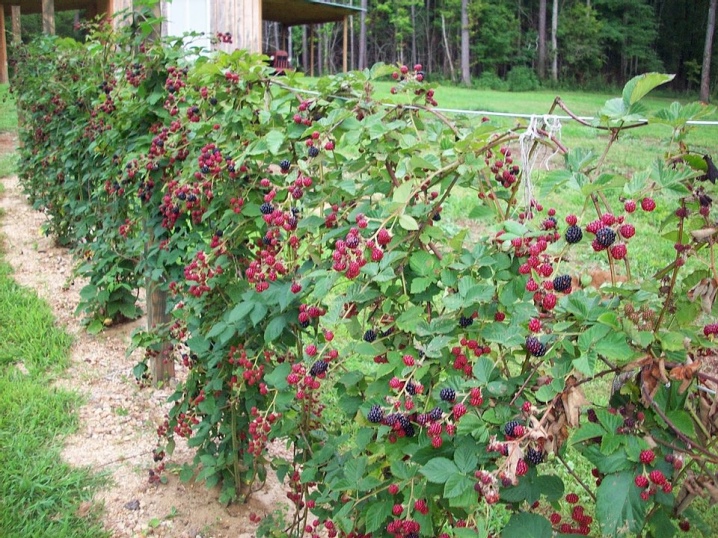
To better imagine what a blackberry looks like, you need to take into account other important parameters:
-
creeping or erect shoots;
-
strong overgrowth;
-
lighter color of young growth;
-
flowering in the first third of summer (when blackberry dwarf shrubs bloom, they are covered with large white or pale pink flowers, around which there are green sepals);
-
according to the characteristics, the fruits belong to the category of polystyrene or polyseed drupes (their definition as berries is conditional and is more of a horticultural and culinary, rather than botanical, character);
-
ripe fruits can be colored white, black, red, dark yellow, but other color stages pass during the ripening process;
-
blackberries are characterized by a sweet and sour taste and solid juiciness of the pulp.
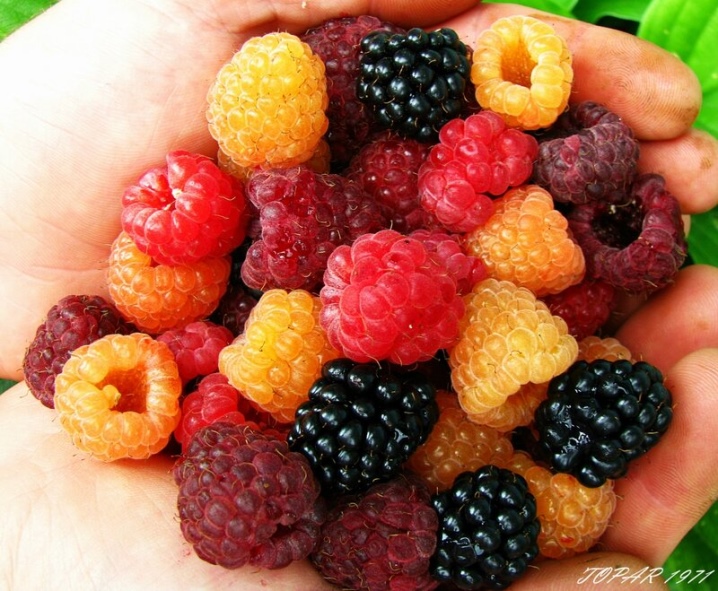
The division into dewdrop, kumanika, standard forms is important only for gardeners and deserves a separate analysis. In the meantime, it makes sense to simply fix that such a division exists. Blackberries have no fruit. The root system of this species is as branched as that of raspberries. But it can penetrate to great depths.
This species grows almost everywhere in the vastness of the Northern Hemisphere. The common blackberry can be found in Northwest and Central Europe. And also her bushes are found:
-
in the Caucasus;
-
in Asia Minor;
-
in Kazakhstan and other Central Asian countries;
-
in Iran.
Naturally, it grows in Russia. It is impossible to meet her except in the northern tundra, dry steppes and in the highlands. Such a shrub clearly prefers wooded areas. You can see it both in sun-drenched meadows and in dense thickets.
Even flooded meadows are a favorite part of the range of this plant.
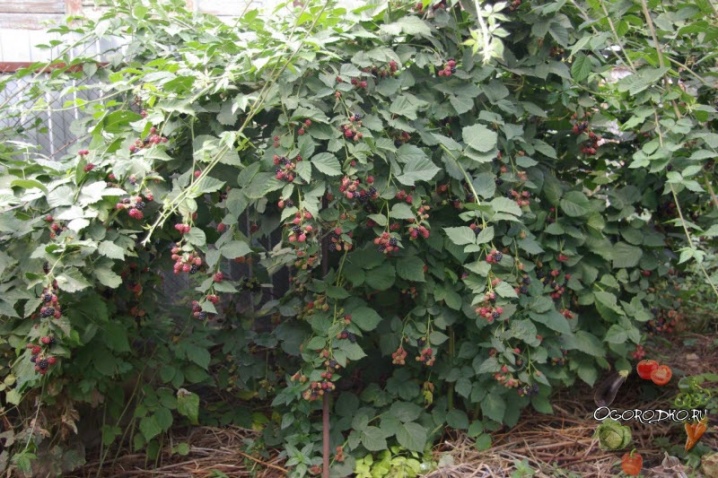
Popular species and varieties
Visleaf
This variety is a deciduous shrub.The length of its lashes can reach 3 m. The leaves are formed from 3-5 leaflets of the ovoid or obovate type. From above they are dark green in color, from below they are pubescent with white pile. The blackberry is believed to be native to the Mediterranean regions.
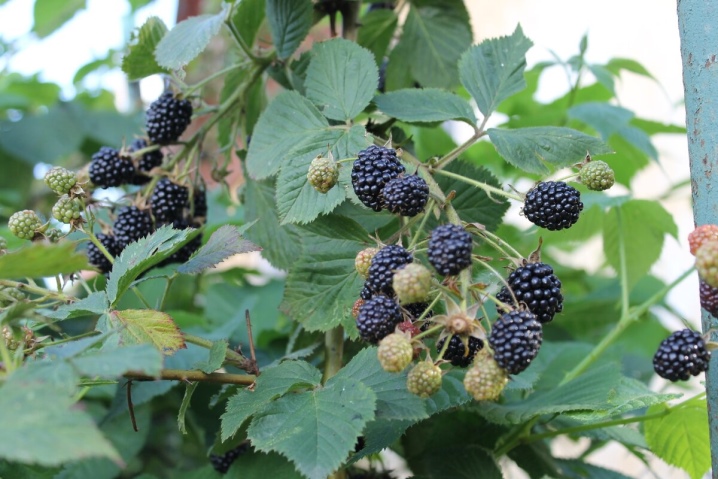
Giant
You can meet a similar culture in Armenia and in the North Caucasus. It was originally only used in artificial plantings. But then the excessive abundance of thorns did their job - and the giant blackberry was supplanted by the less prickly varieties.
Today this species has no practical value and is found only in a feral state.

Ordinary
This is just her very often called dewdrop. It is characterized by long and thin shoots that take root without extraneous efforts. Often in sources, this species is also called a gray blackberry. The shoots sometimes reach 4 m in length, and they spread along the ground. The height of the bush rarely exceeds 0.5 m, but it spreads very impressively in width.
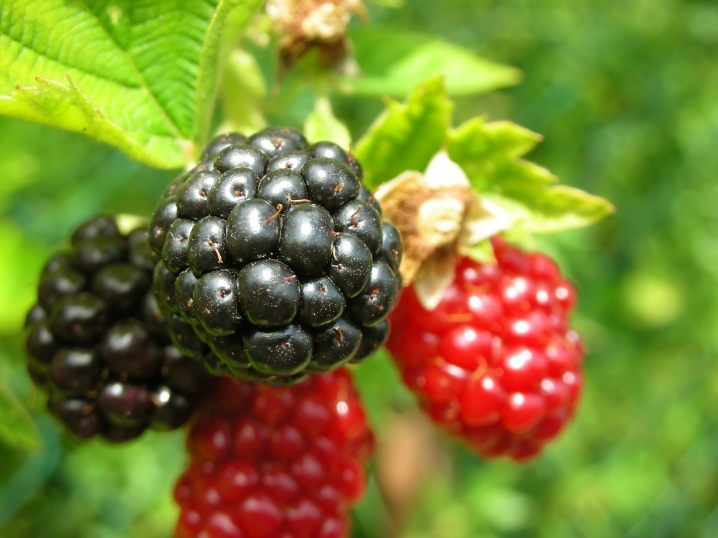
Split
Its angular sturdy stem is very thick. The length of this stem varies from 1.2 to 3 m. Traditionally, for blackberries, foliage is formed by 3-5 leaves. Each of these leaflets is divided into a mass of jagged fragments. The exact origin of the split variety has not yet been established.
It is only clear that it appeared as a result of some kind of mutation in the 18th century, and had not met until that moment.
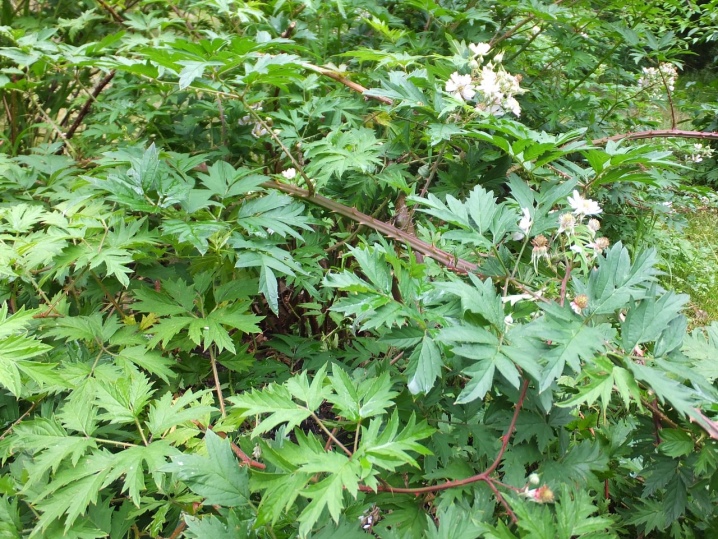
Folded
The stem of such a blackberry is covered with curved yellow thorns (although sometimes they can be crimson). White flowers include a calyx of grayish sepals. The leaflets that form the leaves often overlap. As before the listed groups, this variety forms black berries. The folded species is found only in the European part of Russia; it does not cross the Urals.
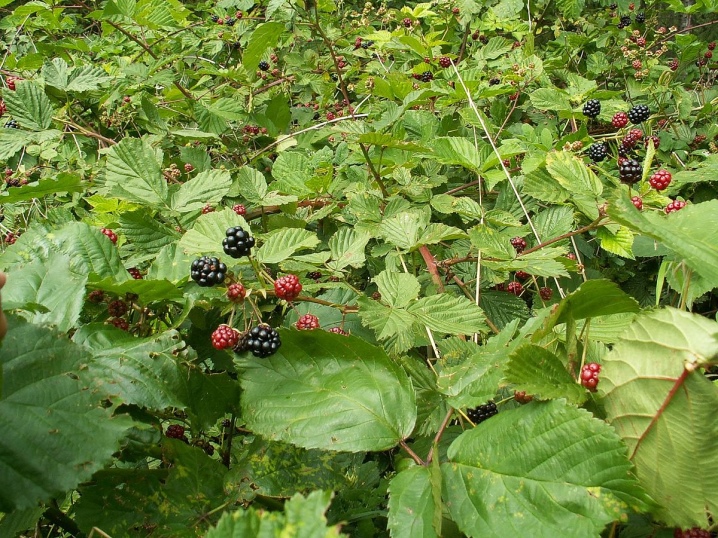
Sizaya
Its height ranges from 50 to 150 cm. Fruits are formed from black drupes, shrouded in a bluish bloom. In nature, it grows both in ordinary forest thickets, and in ravines, along river banks. The berries of the blackberry are juicy, but according to the gastronomic estimate they are inferior to other varieties.
However, economically, this disadvantage is covered by excellent melliferous properties.

Bushy
It is also called dense blackberry, but the most common name is kumanik. This variety is characterized by rare straight thorns. You can see kumanik both along rivers and along highways. The northern border of the species habitat reaches Scandinavia (abroad). In the domestic open spaces, its area covers even a part of the Arkhangelsk region.
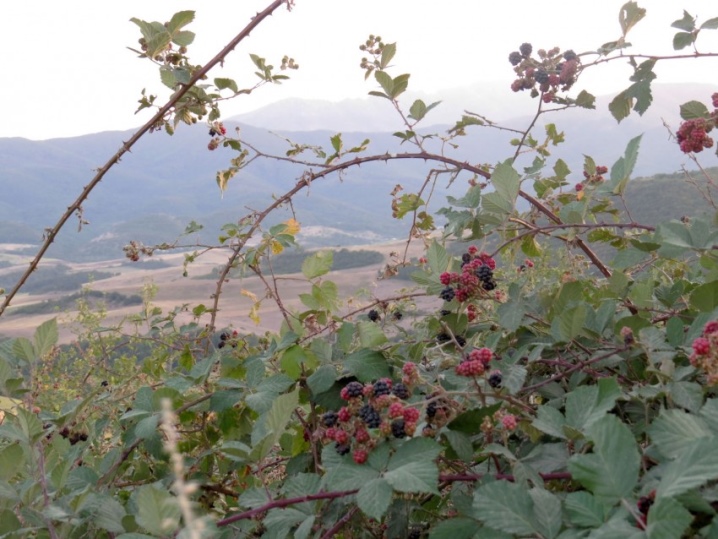
Erect
Many sources indicate that this is the same as kumanika. The stems of erect blackberries, as the name implies, are erect or drooping slightly. The number of thorns is usually large. Biologically and in structure, this species is partly similar to raspberries. Self-pollination is typical for him, which is very popular with the vast majority of gardeners.
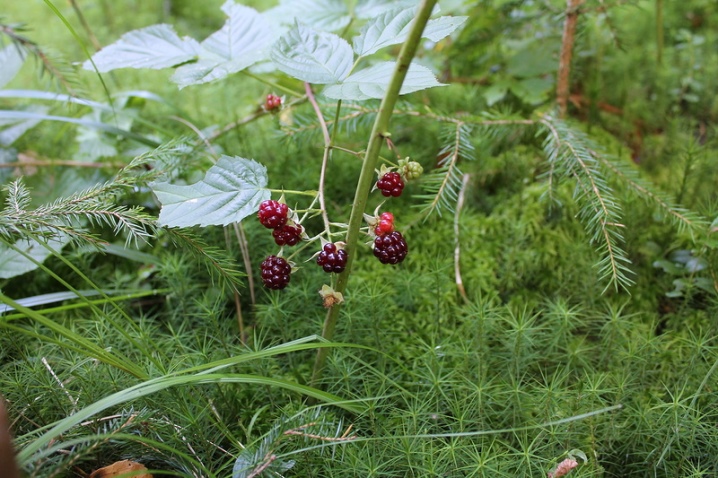
Having familiarized yourself with the main species of this subgenus, you can proceed to the study of the best varieties. There are known from 100 to 200 varieties. But even with a minimal estimate, some sort of selection is necessary. It should be understood that the priorities of breeders have changed over time. If in the past they tried to get large-fruited frost-resistant samples, now they are working on the timing of reaching maturity, and are fighting thorns.
"Natchez" belongs to the upright group and can produce berries up to 10 grams. It does not have thorns, and under normal conditions it is possible to harvest in June. Astringent sweetness is a characteristic feature of the variety.
Such a plant can survive cold down to -15 degrees. Therefore, even in the Black Sea zone, its cultivation without shelter is impossible.
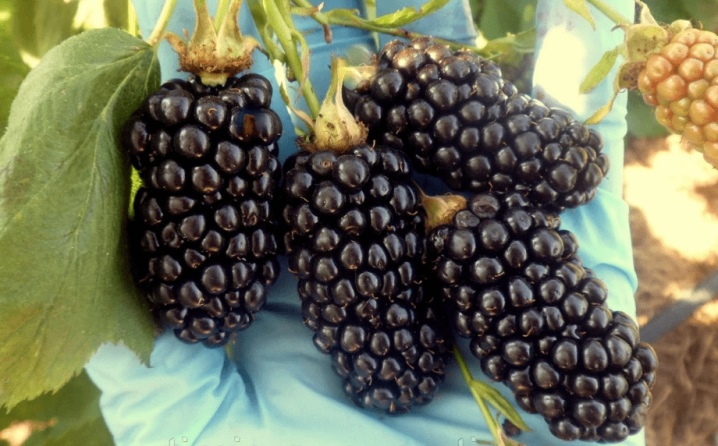
The Giant variety is also popular. It is even being increasingly chosen for industrial cultivation. The fruits of the "Giant" are not only tasty, but also very dense. Cold resistance - average.The plant overwinters easily with light cover.
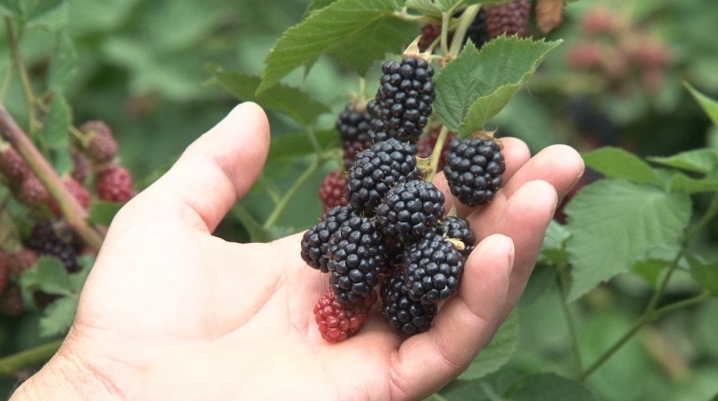
Osage is considered the most exquisite in taste. But it must be borne in mind that it is not fertile enough, and no agricultural technology will allow to collect more than 4 kg of berries from 1 bush. Plants are devoid of thorns, can reach 2 m. Berries are something in between an oval and a circle, have an average size.
Due to its low frost resistance, it is difficult to count on uncovered cultivation even in the southern regions of Russia.
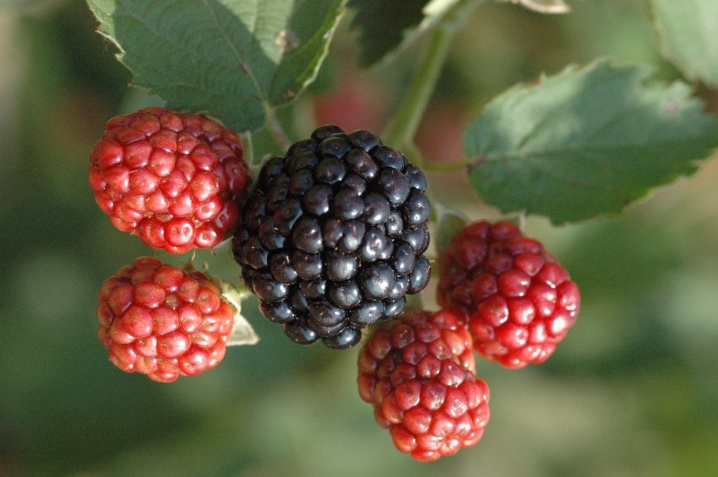
Among the late varieties, one can distinguish "Texas" by the legendary Michurin. Externally and in taste, it is very close to a simple raspberry. "Texas" produces highly developed creeping bushes with flexible shoots. It is cultivated mainly on trellises.
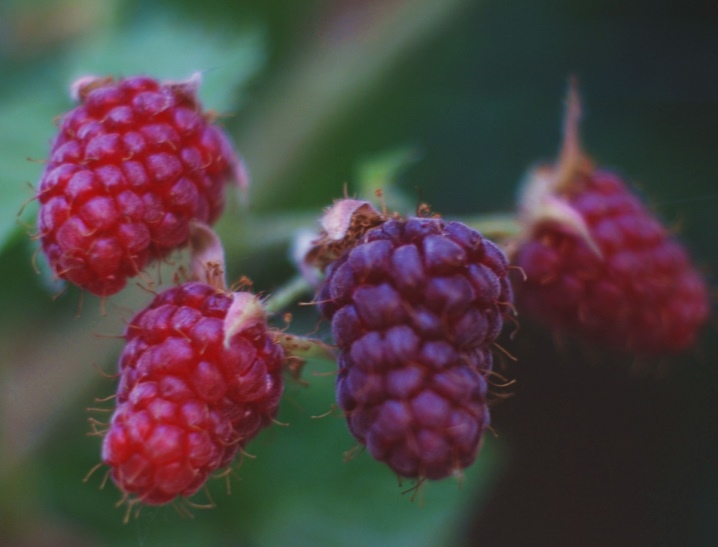
It is appropriate to complete the review on the new New Zealand version of Karaka Black. The variety is one of the early climbing blackberries. The elongated berries weigh 8-10 grams. A sweet and sour ensemble is typical for them.
"Karaka Black" can bear fruit for up to 60 days and give up to 15 kg of harvest during this time.

Landing
The time to plant blackberries usually comes in the last decade of April or in the first week of May. The main criterion is not the calendar, but the warming up of the earth. This plant needs bright sunlight. The soil must be thoroughly drained, composed of loam and sandy loam. Areas with low acidity are best suited.
Planting blackberries can be carried out both in the spring and in the autumn months. First of all, when choosing specific dates, it is necessary to take into account the climatic features of the region and the long-term weather forecast. Under normal conditions, melt water and snow will provide sufficient soil moisture. Therefore, watering in early spring is recommended only in case of unprecedented dryness after a winter with little snow. Blackberry roots will develop over the winter, albeit slowly, and already in the next season the shrub will demonstrate a much better result than the newly planted samples.
In the south and in central Russia, the autumn planting of blackberry bushes is optimal. It is also good in that gardeners are free to choose the best seedlings in markets and nurseries. In the middle lane, work must be completed even in the most favorable weather in the first half of November. In the Caspian, Azov and Black Sea regions, disembarkation is allowed until mid-December.
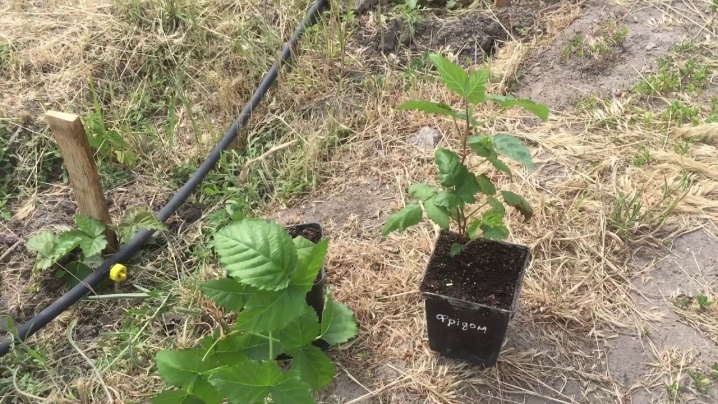
Regardless of the season, you need to make sure that the ground is well warmed up and thoroughly prepared. Otherwise, even the best blackberry bushes will not take root. In the north of the Russian Federation, planting in spring is more optimal than autumn field work. It is advisable to choose places that are stably lit, but not blown by the winds. Blackberries do not take root well in both very dry and water-stagnant areas. The distance from fences and other low obstacles should be 1 m so that there is no thick shadow.
All planting pits fertilize:
-
superphosphate (0.15 kg);
-
compost or rotted manure (5 kg);
-
potassium salts (0.05 kg).
In some cases, sapropel is placed in the landing pits. Any dried roots must be removed. The rest of the roots are incised. The roots are straightened, but make sure that they are not bent up.
To better shed the planting hole, it is recommended to make a circular furrow. The bud remains 2-4 cm below the soil level.
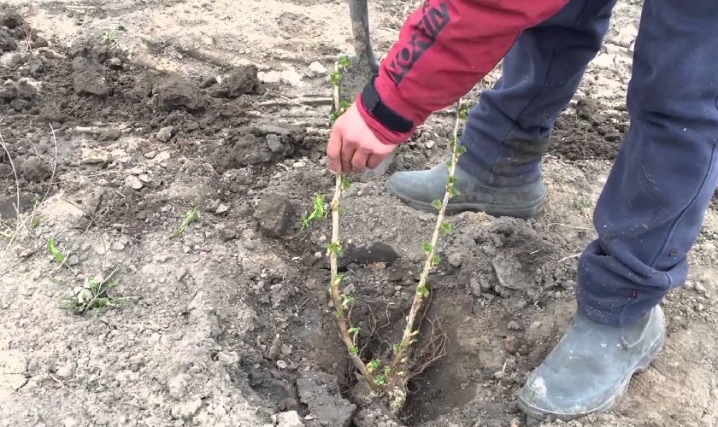
Care
Usually blackberries are placed on props with their own hands. The best option for props is traditionally a trellis. Although the shoots crawling on the ground sometimes look original, in fact they are under constant threat of infection. A wire is pulled between the posts, and parts of the plant are fixed on it. In addition to simple trellises, you can use arches and pergolas.
Water the blackberry during flowering and berry laying in moderation. In other periods, it must be irrigated only as needed, since the plant can withstand dry conditions. Bushes have to be cut in the summer, spring and autumn months. Again, they are guided here by direct necessity.At the start of the growing season, nitrogen fertilizers are used, and in the autumn months, phosphorus-potassium mixtures that do not include chlorine are used.
Fertilizers are applied annually. When inflorescences and berries appear, laying potash mixtures is relevant. Shelter is required before the onset of winter. It is formed in about the same way as for raspberry bushes. Getting used to this procedure throughout the summer helps to improve the bending to the ground.
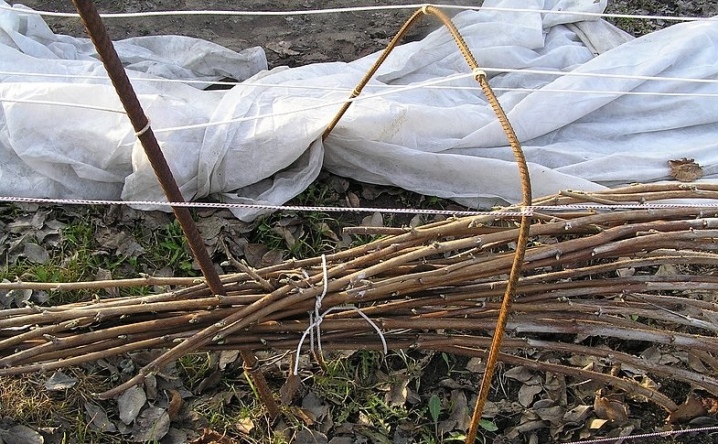
Reproduction methods
Erect varieties are rooted with tops or lateral shoots. Remontant blackberry bushes are most often divided or bred with root buds. Using seeds and cuttings is not very smart - both of these breeding options are not productive enough. The use of root suckers is optimal if the culture is growing. The deposition of such offspring is carried out when they reach a height of 10 cm, but no later than the end of June, so that they thoroughly take root and do not draw out strength from the main plant.
Climbing and climbing varieties are propagated by the apical method. The upper parts of the bushes are bent to the soil in the second half of July. They need to be earthed to a depth of 10-15 cm or simply buried. Rooting takes place in 20-28 days, in the same period young shoots will develop.
In order for them to survive the winter, they are covered with spruce branches or deciduous material.
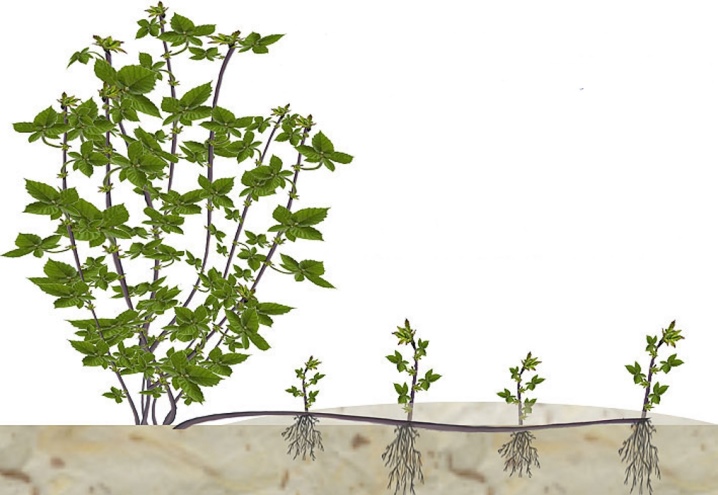
Diseases and pests
Rust begins with small orange dots. They will quickly creep and grow in size until they form a completely dried surface. Affected bushes are treated with Bordeaux liquid or copper sulfate. Problematic branches and foliage are buried to a depth of at least 15 cm. It is better to do this away from blackberry bushes and other useful plants.
Septoria is especially likely in damp cold weather. It can develop at the very beginning of the season, but the disease will be especially pronounced by the end of summer. All diseased leaves and shoots must be cut off. Prevention - treatment with Bordeaux liquid before the foliage dissolves. Blackberries can also suffer from:
-
anthracnose;
-
gray rot;
-
phyllostictosis;
-
purple and annular spotting;
-
curliness;
-
yellow mesh;
-
aphids;
-
nematodes;
-
root and stem cancer;
-
bear;
-
May beetle;
-
raspberry leaf sawfly;
-
spider mites and raspberry hairy mites;
-
raspberry nut-making;
-
color beetle.
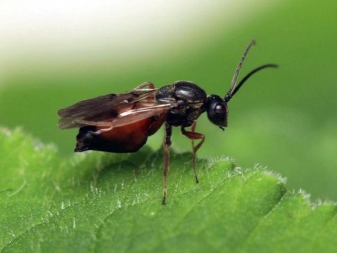
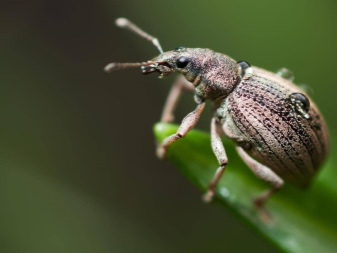
Productivity and harvesting
On the same area, blackberries can be harvested 3 or 4 times more than raspberries. The potential productivity for plantation cultivation is estimated at 20 tons per hectare. However, in forest conditions, of course, it will be significantly lower. It is known from practice that the efficiency of a number of varieties is set in the range from 16 to 28 tons per 1 ha. Since the plant is characterized by uneven ripening of the crop, it is harvested in several stages, focusing on the actual readiness of the berries.
Sellers of blackberry seedlings often stress that the plants supposedly can produce over 70-100 kg of fruit per 1 bush. There are also indications that one harvest from a plant yields a yield of 2-3 kg. Such statements are frankly dubious, and it is much more correct to proceed from productivity in a certain area. With proper care in a small garden area, 160-180 kg of fruit can be harvested. The maximum recorded figure is about 240 kg, but it is reached only in very favorable cases. The collection from 1 bush on climbing forms is up to 50-70 kg.
Simply removing the berries is not enough. To continue to get a good result, it requires to loosen the row spacing by 5-10 cm. Water-charging irrigation is also carried out.
It is important to understand that the effectiveness in a particular case also strongly depends on the variety used, and on weather and climatic factors.
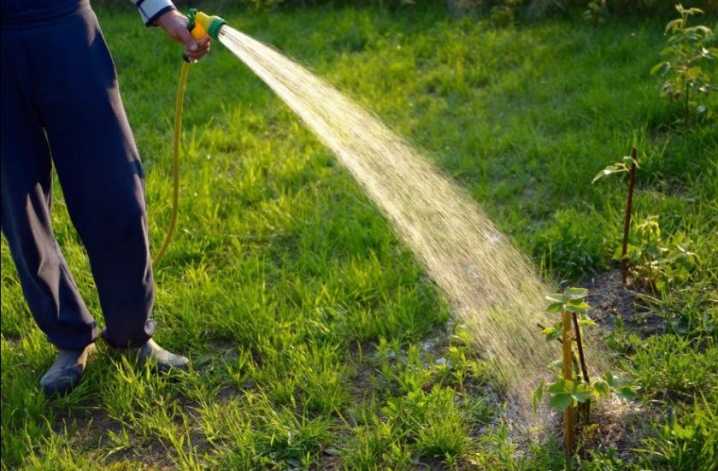
The choice of a variety, taking into account the region
For the middle zone, including the Moscow region, it is necessary to take into account the factor of little snowy winters and less and less stable weather, especially in the off-season. This means the need for the most frost-resistant varieties. The best candidates are:
-
"Agavam" (resistant to drought or excessive moisture in the earth);
-
"Darrow" (sweet and sour productive variety);
-
"Thornfree" (a very sweet culture devoid of thorns).
Ural and Siberian conditions dictate the need to use plants with early or medium ripening periods.
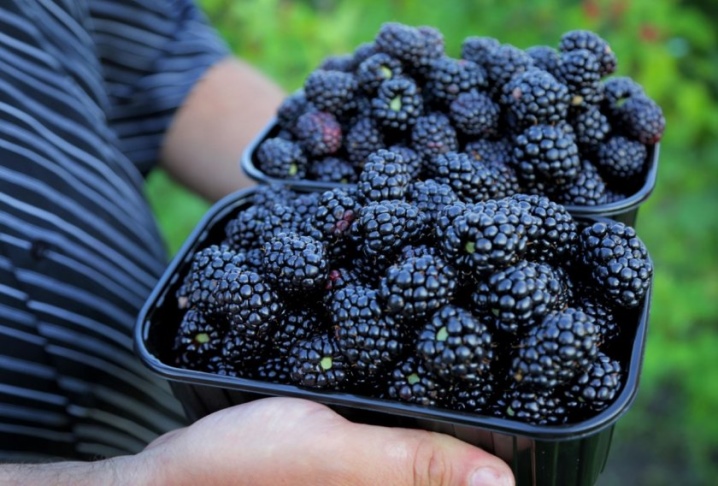
Especially early crops are not very suitable for this natural area. The danger of frost return is very serious for bushes flowering in May and June. It is recommended to give preference to:
-
"El Dorado";
-
"Snyder";
-
the already mentioned "Darrow";
-
"Flint" (able to withstand cold temperatures down to -40 degrees).
In the Far East, the climate is generally milder than in Eastern Siberia, but its unstable nature definitely forces one to prepare for the worst scenarios. In addition to the previously mentioned "Aghavama" and "Darrow", "Blake" can be considered a good choice here.
It is an excellent mid-early variety with large berries.

A similar plant is useful for the formation of hedges. Alternatively, consider:
-
Black Satin;
-
Thornfree;
-
"Abundant";
-
"Ufa";
-
Polar;
-
Gazda.
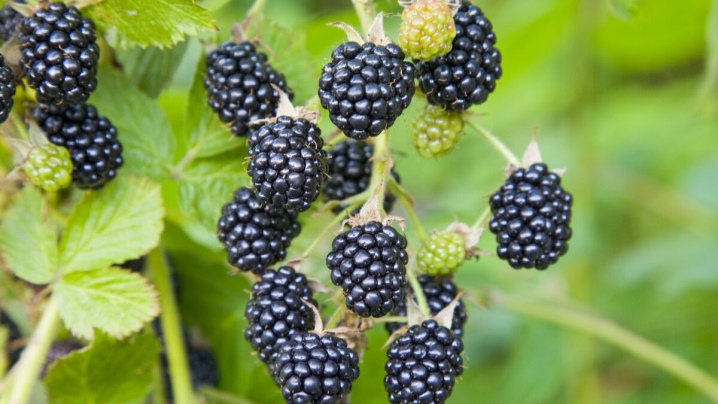
Interesting Facts
Blackberries are not only delicious, but also healthy. They supply the body with a variety of vitamins and minerals. Commercial cultivation of blackberries outside North America is almost never found; in Russia and in the EU, they are cultivated in gardens and harvested in forests. Curiously, most of all this plant is grown in Mexico.
Other important and interesting points:
-
blackberries turn out to be an attractive honey plant, and the honey turns out to be especially tasty;
-
this honey even in ancient Egyptian times was included in the composition of embalming drugs;
-
an old English superstition says that after October 11, picking and eating blackberries is unacceptable;
-
along with the usual kumanik and dew grass, there are also transitional "creeping" varieties;
-
already about 2000 years ago, the medicinal properties of the plant were appreciated;
-
in 1964, a postage stamp appeared with the image of this berry.
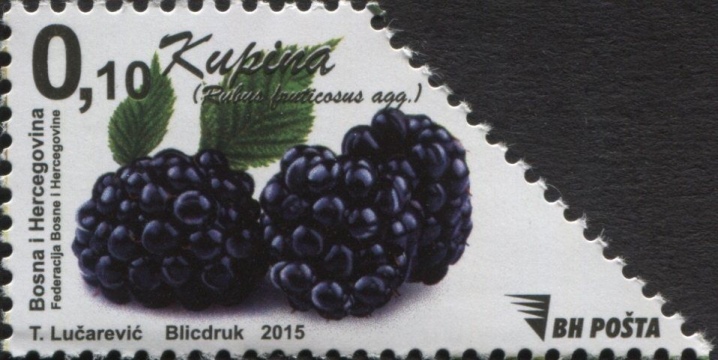













The comment was sent successfully.